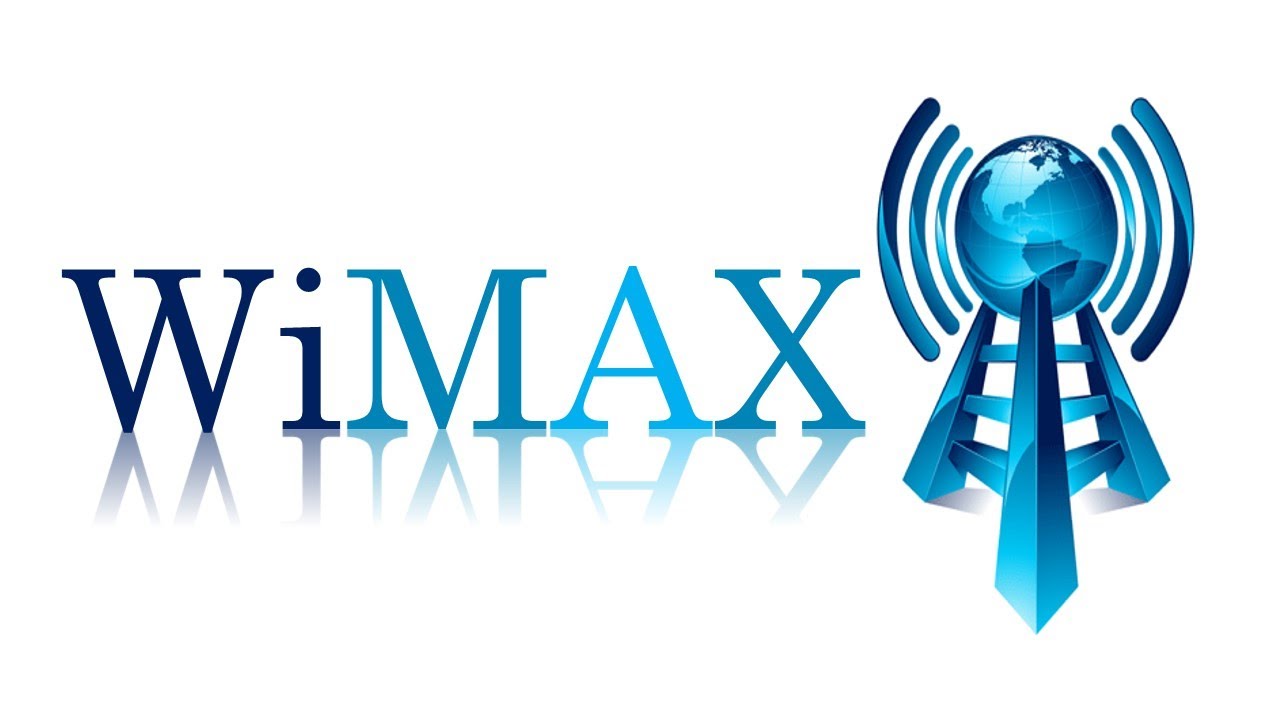
The IEEE802.16 standard “Air Interface for Fixed Broadband Wireless Access Systems” is also known as the IEEE WirelessMAN air interface.
Worldwide Interoperability for Microwave Access (WiMAX) is a wireless technology that resembles Wi-Fi in that it relies on data transfer over radio waves, but is much faster, 70 Mbps compared to 54 Mbps over Wi-Fi and has a huge range, a few tens of kilometers from 30-100 m for Wi-Fi.
In other words, a single WiMAX transmitter could cover a large city. But the two advantages never have a concomitant effect. In other words, you will never download from the Internet at 70 Mbps speed when you are 50 km away from a WiMAX antenna.
It counts the distance, the environmental conditions, and the obstacles around it, as in the case of any transmissions through radio waves. WiMAX is of two types: with fixed and mobile communications transmission.
The 802.16d standard will be used for “fixed” communications. This means that the signal will come from a WiMAX antenna to a fixed receiver, mounted on the outside of a building and that will further distribute the signal locally, via cables or Wi-Fi, for all computers in the building.
This is the variant that will probably be the most successful, due to the extremely low costs of implementing the system. The operator has to make small investments in the infrastructure, and the data transfer speed is higher than the one for mobile WiMAX and the classic one for cable. The standard for mobile WiMAX is 802.16e and refers to the direct reception of the signal by a device (notebook, mobile phone, etc.) with the help of a receiver built into that equipment. Given the large range, you’ll stay connected to your notebook wherever you walk with it.
This technology has been designed to provide broadband wireless access in metropolitan networks with performance comparable to traditional cable, DSL, and T1.
The benefits of 802.16-based systems are multiple: we have the ability to quickly start this service even in areas where cable-based interfaces would be difficult to reach, avoiding high installation costs, and the ability to overcome the physical limitations of traditional infrastructure with connection through cable. Installing a cable or DSL broadband connection can be a time-consuming process, resulting in a large number of areas around the world not having access to broadband connections. 802.16 wireless technology offers a flexible, cost-effective, standards-based way of filling these gaps in broadband coverage.
Based on the experience of hundreds of engineers in the communications industry, IEEE has established a hierarchy of complementary wireless standards. Included is IEEE 802.15 for Personal Area Network (PAN), IEEE 802.11 for Local Area Network (LAN), 802.16 for Metropolitan Area Network, and IEEE 802.20 for Wide Area Network (WAN).
Each standard represents technology optimized for distinct markets and different usage patterns and is designed to be complementary. Increasing the spread of wireless networks increases the demand for broadband connections to the Internet, which can be covered by 802.16 through the offer of long-distance outdoor connections to service providers.
WiMAX is seen as a solution for Internet access in rural areas. The range of the transmitter is about 30-50 kilometers. The main advantage of WiMAX is the value for money. Internet access speed is up to 70-75 Mbps, and the costs are quite low
WiMAX will be the most efficient and reliable method of computerization, especially in rural areas at an affordable price. This gives the authorities sufficient motivation to regulate the use of technology as quickly as possible. Lastly, it gives operators a commercial potential to grow their business and substantially increase their subscribers.
We will no longer interfere with cables at the office or at home and we will spend less for Internet access supervision. We can go out in a park with the notebook to work in the fresh air, against the background of nature. Only the future will tell us the true story.

